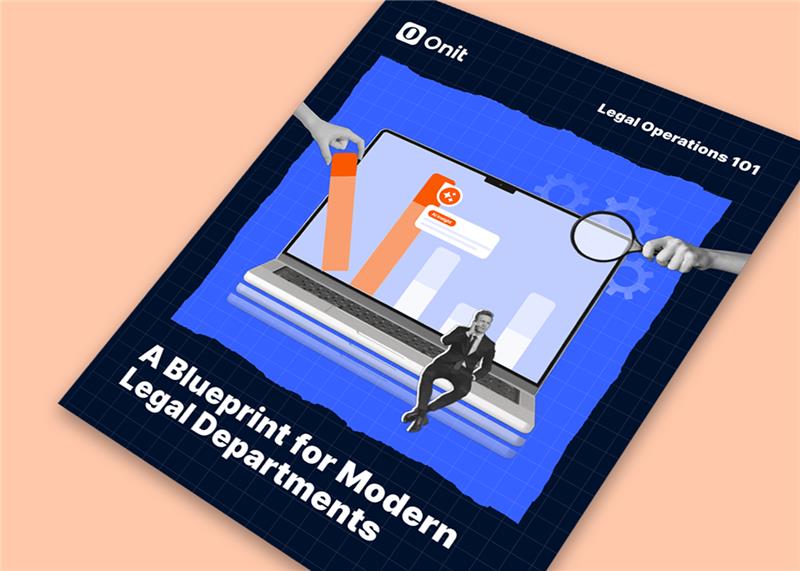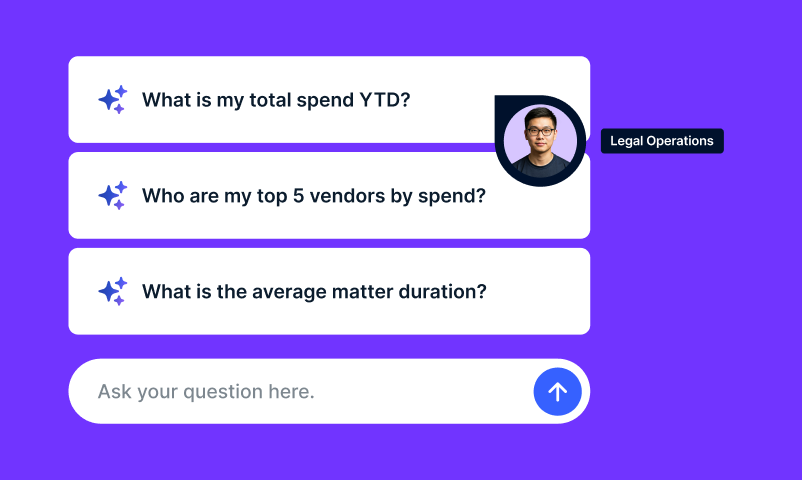
Today, Onit welcomes Michael Stevens, managing director of Duff & Phelps, as a guest contributor and an expert in contract lifecycle management technology implementations. We announced last week that Duff & Phelps reached the Premier status of the Onit Strategic Alliances program. Duff & Phelps has been a trusted Onit partner since 2017, having worked on more than 20 projects in the U.S. and Europe across various industries such as pharmaceuticals, insurance, high-tech, oil and gas, manufacturing and more.
Managing contracts is a complicated business. The process for even just one contract may often spread across multiple companies, departments, stakeholders, versions and systems. Tracking progress and capturing feedback in spreadsheets and emails rely on manual updates.
And that’s just to get a contract signed.
The management must continue beyond execution to maintenance and renewal. If businesses are not diligent about receiving or delivering everything agreed upon, the advantages gained through negotiations will be forfeited.
More corporate legal departments are adopting contract lifecycle management technology, as evidenced by data and – in my case – experience in the industry. First, workloads are increasing. I’ve heard and seen this during my corporate legal work, but numerous surveys have verified this trend. Second, COVID-19 has impacted general counsel, with this report showing that 67% of general counsel participants consider contracts as a top legal risk in the wake of the pandemic. Finally, let’s look at the numbers. Analysts anticipate that the global software market for contract lifecycle management software will reach $2.4 billion by 2024, growing at a rough rate of 14%.
Altogether, these statistics and trends set the stage for large-scale adoption of contract lifecycle management solutions.
I’ve worked with corporate legal departments on technology implementations for more than 30 years and on over 50 contract lifecycle management technology implementations. My colleagues at Duff & Phelps and I have compiled some of the top challenges to implementation and how to address them.
- Legacy Data Migration
There are significant benefits in migrating at least the current active contracts into a contract lifecycle management software and removing them from existing repositories. First, it creates a one-stop shop for users to find existing contracts and request new ones. Second, when doing a new amendment, it is essential to have the original contract and all existing amendments readily available to be able to file the new amendment appropriately. Identifying all existing repositories of contracts is a critical step.
- Integrations with Other Business Systems
Every contract documents a business transaction that is being executed by one or more business groups. Those business transactions are often managed in one or more business systems. For example, a sales opportunity may start in the customer relationship management (CRM) system, which leads to the need for a contract. Once the sales contract is signed, order processing and fulfillment may be managed in different systems. For a sales contract, you may wish to integrate with both the upstream CRM system and the downstream order management and/or ERP systems. It is crucial to define all the contract types you wish to automate in the contract lifecycle management software and the corresponding business systems that govern those transactions.
- Counterparty Source of Truth (Master Data)
To integrate with other business applications or share useful data with the rest of the company, it is beneficial to integrate with a company-designated source of truth for counterparties. This is a directory of customers, vendors, suppliers and other companies that the target company does business with. Here are the key questions when exploring whether your company has a single source of truth for counterparty and whether it will be useful for contract management.
- Is there a single source of truth for ALL counterparties or separate sources for customers vs. vendors/suppliers vs. partners/other types of counterparties? Some companies maintain different directories for customers and venders/suppliers. The challenge with separate sources of truth by counterparty type is that sometimes the same company is both a vendor and a customer, thus creating duplication.
- Do all geographies/business units share the same source(s) of truth? If not, this creates the same duplication problem as above.
- Does the source of truth contain prospective counterparties and not just approved/active customers and vendors? If it does not contain prospective counterparties, this is problematic for contract lifecycle management software because you need to be able to enter into NDAs and start contract negotiations for other types of contracts with prospective counterparties.
- Does the source of truth use counterparty legal entity as the foundational data element, and does it capture the relationship between parent and subsidiary legal entities of the counterparty? This is important because contracts are with legal entities of counterparties, not bill-to or ship-to addresses, which are secondary attributes of legal entities. Also, knowledge of the counterparty’s legal entity structure is useful because contracts are often written to allow subsidiaries to operate under the contract with the parent company.
- How good is the data in the source of truth, and is there a data governance protocol?
Visit here to learn how Duff & Phelps can analyze and enhance how your company manages contracts throughout a lifecycle.
To learn more about reducing costs and increasing profits by automation the contract lifecycle, visit Onit Contract Lifecycle Management.
About our Guest Author
Michael Stevens is a managing director of Duff & Phelps and has been helping global companies improve contracting processes and systems for the majority of his career. Stevens is a part of the Duff & Phelps practice group that helps clients with a range of operational improvement and compliance initiatives including contract management, information/document management and governance, legal department operations, intellectual property and merger and acquisition integration.











